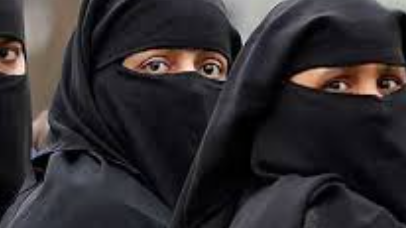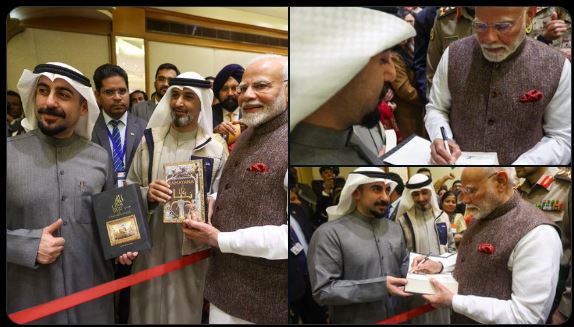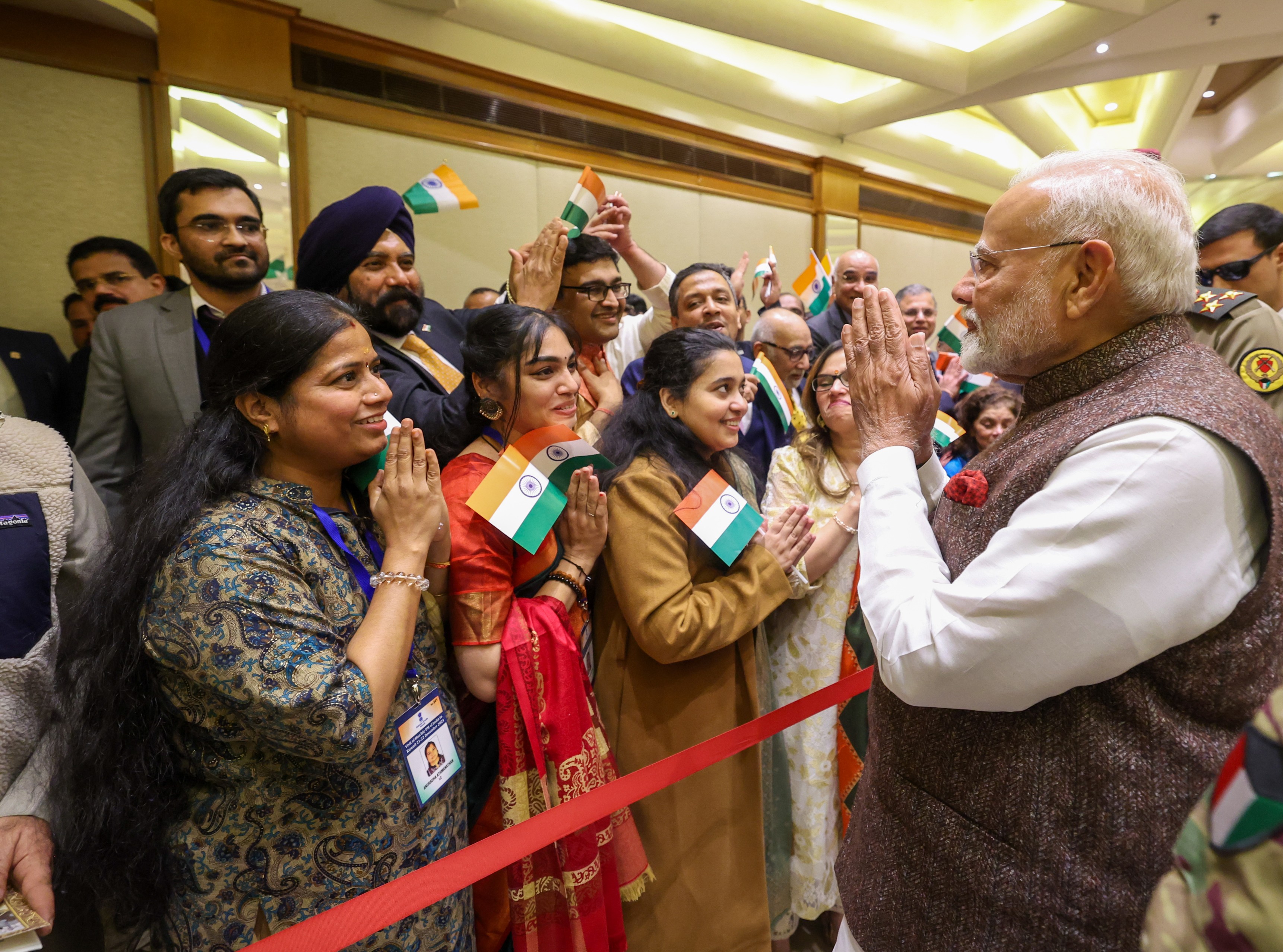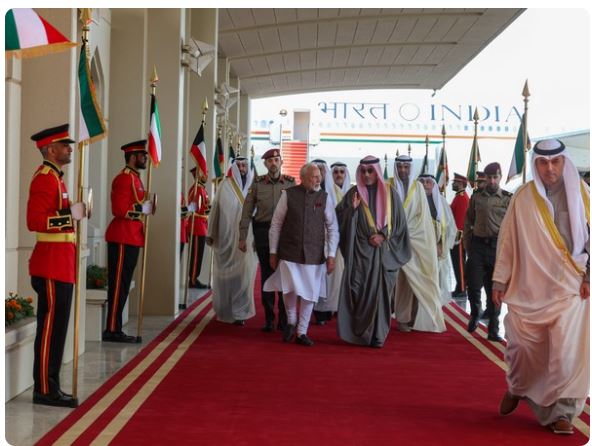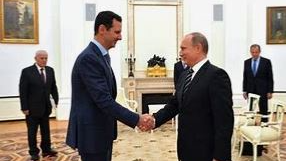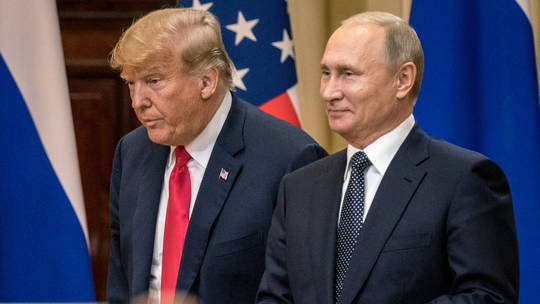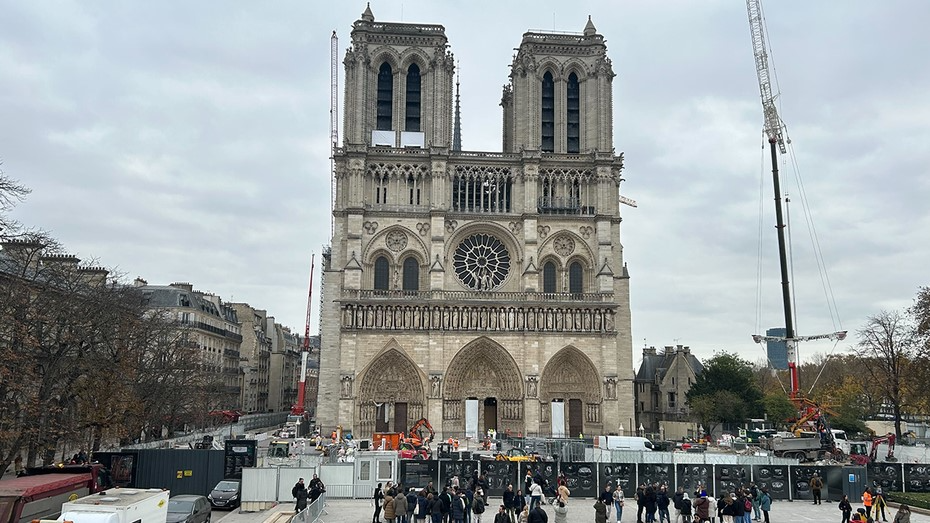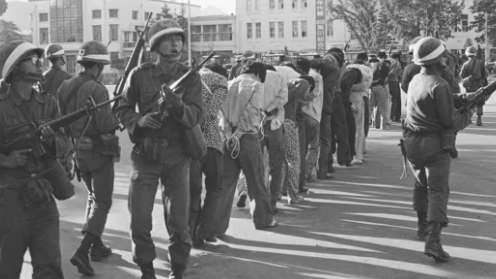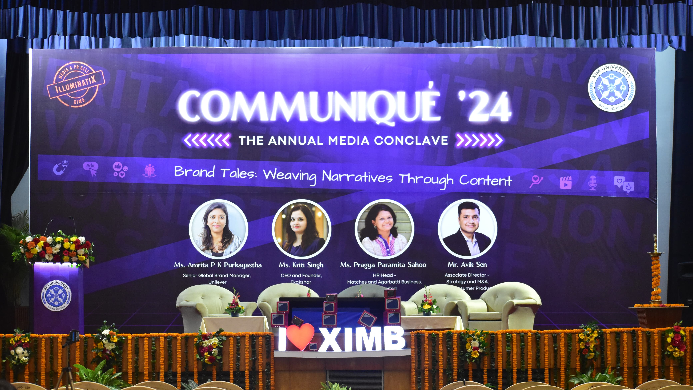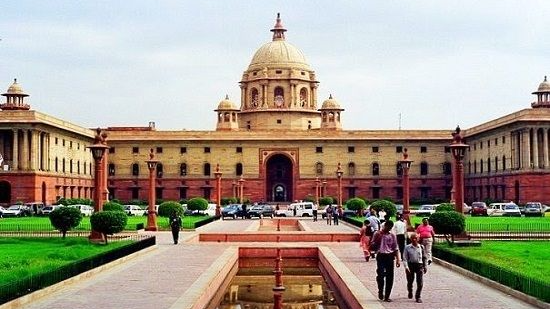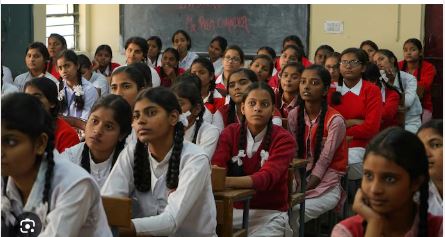The hijab is far more than a piece of fabric—it's a complex narrative of identity, resistance, choice, and cultural negotiation that spans centuries and continents.
Historical Origins
The concept of head covering predates Islam, with roots in ancient civilizations like Mesopotamia and Byzantine Empire. Historically, modest dress was a marker of social status, religious devotion, and protection. In pre-Islamic Arabian society, noble women wore veils as a symbol of social distinction, while enslaved women were prohibited from covering their heads.
Islamic Context and Religious Interpretation
In the Quran, the concept of hijab emerges not just as a dress code but as a broader principle of modesty and spiritual dignity. The verses are nuanced, emphasizing inner character over external appearance. Different Islamic schools of thought interpret these guidelines with varying degrees of strictness.
Global Perspectives and Controversies
Western Interactions
Western discourse on hijab often oscillates between two extreme narratives:
- Viewing it as a symbol of oppression
- Seeing it as an expression of religious freedom
Feminist Interpretations
Feminist scholars present a more complex narrative:
- Some view hijab as a tool of patriarchal control
- Others argue it's a form of resistance against objectification
- Many Muslim women see it as a personal choice of empowerment
Modern Political Landscapes
Recent years have witnessed intense global debates:
- France's ban on religious symbols in public spaces
- Iran's mandatory hijab laws
- India's educational institution controversies
- Growing movements of women choosing to wear or remove hijab as an act of personal agency
Personal Narratives
Beyond statistical and political discussions, individual stories reveal the hijab's profound personal significance:
- Resistance Through Dress
- For some, wearing hijab is a political statement
- A declaration of cultural identity in the face of assimilation pressures
- Personal Spiritual Journey
- Many women describe hijab as a deeply personal spiritual practice
- A connection to faith beyond external perception
- Generational Transformations
- Younger generations reinterpret hijab with more fluidity
- Blending traditional practices with contemporary interpretations
Global Legal and Social Complexities
Countries approach hijab differently:
- Saudi Arabia: Historically strict enforcement
- Turkey: Evolved from strict ban to gradual acceptance
- United States: Legal protections for religious dress
- France: Secular approach restricting religious symbols
Psychological and Sociological Dimensions
Research suggests hijab's meaning is deeply contextual:
- Provides sense of community
- Offers psychological safety
- Challenges external beauty standards
- Represents complex negotiations of identity
Contemporary Challenges
Modern hijab wearers navigate:
- Islamophobia
- Cultural stereotyping
- Personal choice versus societal expectations
- Balancing traditional practices with progressive identities
Conclusion: A Continuing Dialogue
The hijab represents a living, evolving conversation about women's autonomy, cultural identity, and personal choice. It cannot be reduced to simplistic binaries of oppression or liberation.
Each fold of fabric tells a story—of resistance, faith, personal agency, and the continuous negotiation of individual and collective identities.








